We've got a thinkin' problem
The design initiative 'Unfinished business' is the unfinished words and deeds of the core team of the unfinished business project. They have highlighted an interesting way of perceiving design thinking. If 'design thinking' was an object, how would you describe it?
"How might the application of a familiar analogy might help to illuminate the elusive qualities of design thinking? We thought it would be an interesting experiment to see what folks would come up with if tasked with submitting three entries or nominations for a periodic table of the elements of design thinking. FYI, the current table of chemical elements contains 117 atomic elements.
First, I put out a call on Twitter (got a few bites) and then I posted the question/task to the Google Group of the Overlap community. In short order, the folks on the Overlap list got a very good list going, along with some very interesting discussion about what to do with structure, categories, and how best to visualize these “elements” and their relationships to each other and to the meta of design thinking.
I do believe that there is merit in trying to puzzle out what happens when we put design and thinking together. I’ve always thought it was kind of like trying to put hand and head back together, to reunite the body and mind and undo the violence of their Cartesian separation. We have to, to borrow the phrase of country singer David Ball, admit we’ve got a thinkin’ problem in design.
Rather than struggle too much with an overburdened theoretical approach to the question, “so what is that design thinking thing, anyhoo” I have taken the approach that there really is something there. The evidence for that would be, I submit, that if there an “object” called design thinking, then we ought to be able to start to describe it. The elements that are emerging from this thread are already bearing out some interesting data and pattern to mull over. Please join in with you suggestions for elements, related thoughts and relevant links.
Here’s the list we have so far, merely organized by alpha for the moment. All thoughts about meta categories, and structural or visual ways to describe relation are also very welcome. Will Evans has rightly suggested that (among other things) this can be seen as an effort to develop an ontology of design thinking. That means that philosophers can have a go at this, too."
The (Overlapping) Elements of Design Thinking
Abduction = Ab Analysis = Al Anticipation = An Behaviors = Bh Collaborative = Cl Collapse: Cl Communication = Cm Community: Cm? (Cy) Context = Cx Contribution: Cn Convergence = Cv Courage = Co Debate = Db Deconstruction = Dc Dr = Design Research Dialogue = Di Discourse = Ds Divergence = Dv Empathy = Em Envisioning = En Experimental = Ex Fabrication = Fb Failure: Fi Forecast = Fc Heuristics = Hr Human = H Ideation = Id Identification = Id? Imagination: Im Internalization = Iz Iteration = It Language = La Myth = Mt Noticing = Nt Observation = Ob Overlap = O or Ov Perception = Pn Play = Py Practice: Pc Prototyping = Pt Recombining = Rc Reframing = Rf Reliability = Rl Research = Rs Rigour: Rg Semiotics = Se Skepticism = Sk Sociality = So Sustainability = Su Synthesis = St Systemics = Sy Taste = Ta Thrivability = Tv Topography: Tp Validity = Vl
Nick has already spotted this one, coining it "pretentious but inspiring". Christopher Fahey from www.graphpaper.com advises "please don’t try to shoehorn this into the *actual* periodic table’s grid".

I can see where these guys are coming from and have to admit I do agree with them. Although, I think the idea of describing an intangible as an object has huge potential. This experiment is reminding me of the Rip and Mix method I explored at T-labs - if we could break down methods and ways of thinking into these elements then we would be able to pull elements from each, mashing them together to create something new.
